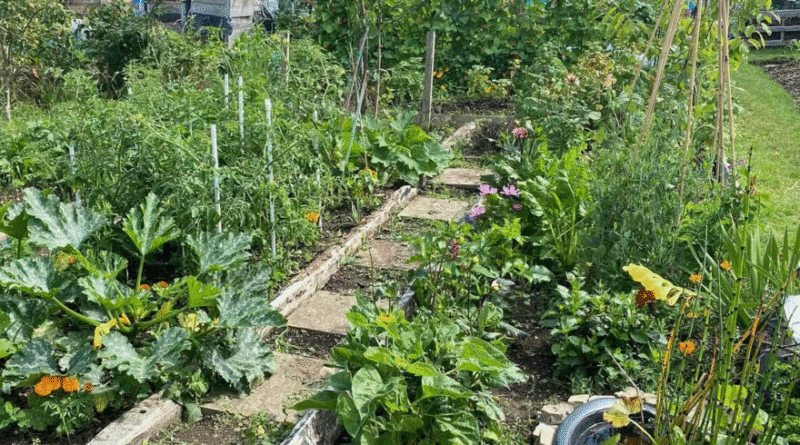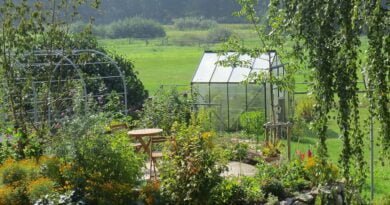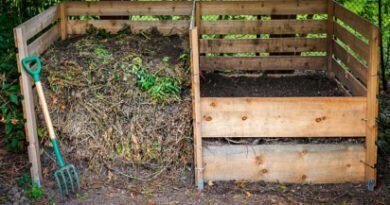Your July Allotment Guide: Watering, Weeding and Harvesting
July is the pinnacle of growing season on the allotment, a time when the sun blazes, growth accelerates, and the plot demands your full attention. Between watering thirsty plants, wrestling weeds from the soil, and harvesting the first true bounty of summer, this month is equal parts labor and reward. To help you navigate July confidently and efficiently, here is a thorough guide to the tasks that matter most, supported by practical tips and an eye toward both productivity and enjoyment.
Watering Wisely: Deep, Early, Efficient
Why July Watering Matters
July temperatures often climb higher than any other month, and plants respond by using more water. Deep roots become essential, and a good watering routine can mean the difference between a successful harvest or wilted crops.
Best Time to Water
- Early morning (6–8 am): Watering at dawn gives roots time to absorb moisture before the scorching midday sun begins.
- Evening (after 7 pm): If morning isn’t possible, late watering helps reduce evaporation. Avoid watering right before sunset to prevent fungi.
Technique and Equipment
- Deep watering: Use a hose with a spray attachment or a watering can to soak the soil thoroughly. Target the base of plants, not the foliage, to avoid disease.
- Soaker hoses and drip irrigation: These are terrific for consistent moisture and water conservation.
- Water butt usage: Collect rainwater throughout the year to minimize reliance on mains water, especially during hot weather.
Cutting Evaporation: Mulch and Shade
Mulching
Organic mulches such as straw, grass clippings, compost, or bark chips help retain soil moisture, suppress weeds, and keep the soil cooler. Apply a 2–3 cm layer around the base of plants, avoiding direct contact with stems to reduce rot risk.
Shade Techniques
- Use shade cloth or netting over sensitive crops like lettuce and young brassicas to protect delicate leaves from scorching.
- Temporary shade frames made from bamboo or timber, covered with breathable fabric, can provide relief during heat spikes.

Keeping Weeds in Check
July is prime season for weeds. Letting them go to seed now means months of future trouble.
Weeding Schedule
- Weekly hoeing sessions: On dry days, use a stirrup or Dutch hoe to sever weed roots just under the surface.
- Hand-pulling in damp soil: After rain or watering, the soil softens, making it easier to remove weeds intact.
Weed Prevention
- Mulching remains your front-line defense.
- Tidy edges and paths regularly to prevent grass and bindweed from creeping onto your beds.
Feeding Hungry Plants
Summer growth devours nutrients. Now is the time for a nutritional boost to support mid-season performance.
What to Feed and When
- Tomatoes, peppers, cucumbers, courgettes: Apply a potassium-rich feed (such as tomato feed) once a week after fruit sets begin.
- Beans and peas: Although they fix nitrogen, a light organic feed like liquid comfrey or diluted seaweed helps maintain vigor.
- Leafy greens: Treat with a nitrogen-rich feed mid-July if growth is slow or leaves are pale.
Organic Options
- Use compost tea at a 2:1 dilution weekly.
- Seaweed or fish emulsion provides micronutrients.
- Scratch well-rotted manure into the soil around plants, avoiding contact with stems.
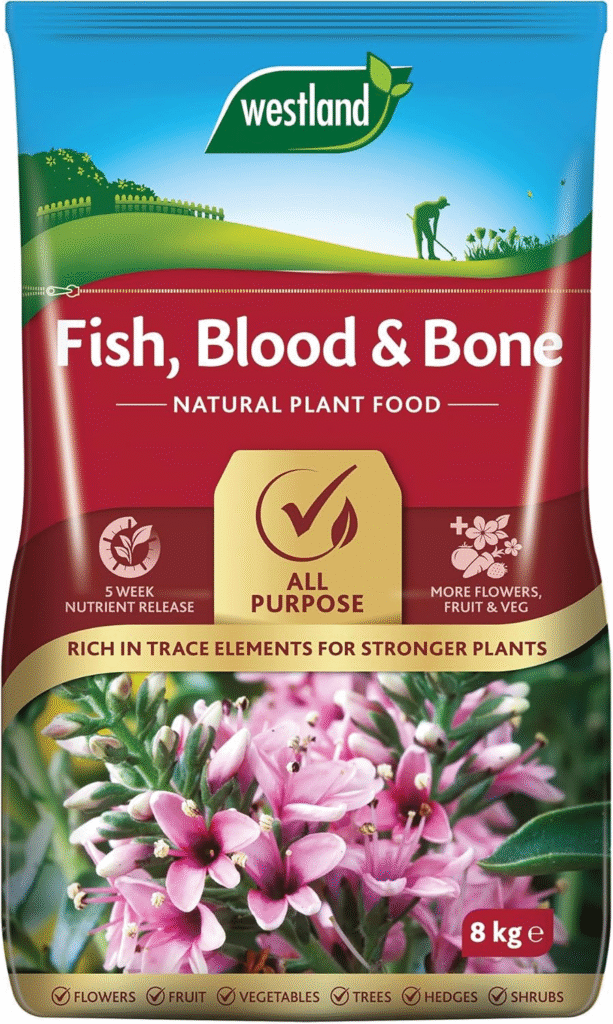
Pruning, Training, and Tidy-Up
July is all about encouraging airflow, shaping plants, and staying organized.
Tomatoes
- Remove side shoots from cordon varieties to direct energy into fruiting.
- Secure stems to trellises or cages using soft ties to prevent breakage.
Runner Beans and Climbing Crops
- Check support structures and add extra ties as plants grow.
- Pinch off growing tips once plants reach the top of their supports to encourage lateral growth.
Courgettes, Squash, Cucumbers
- Trim excess leaves to allow sunlight to reach fruit.
- Guide vines to keep them from taking over beds.
- Remove damaged or scorched leaves, but leave enough foliage to shade developing fruit.
Vigilance on Pests and Diseases
July brings both abundance and vulnerability. Don’t let pests or disease sabotage your plot.
Common Culprits
- Watch for aphids, whitefly, hornworms, and slugs.
- Keep an eye out for mildew and blight, especially on tomatoes.
Natural Control Measures
- Blast aphids off with water or use insecticidal soap.
- Remove tomato hornworms by hand if spotted.
- Use beer traps or copper tape to deter slugs.
- Water early in the day and remove infected foliage to prevent disease spread.
Harvesting: Enjoy the Summer Bounty
July finally brings more than just hard work. This month offers the joy of a true summer harvest.
What to Harvest
- Strawberries: Pick daily to keep vines productive.
- Leafy greens: Harvest outer leaves regularly.
- Peas and beans: Pick daily for tender pods.
- Courgettes: Harvest when 10–15 cm long for best texture.
- New potatoes: Gently lift plants to find small, tender tubers.
- Herbs: Pick before flowering to capture peak flavor.
Storage and Use
- Use fresh produce within a few days.
- Blanch and freeze greens and legumes for later use.
- Make jams, sauces, or share excess with friends and neighbors.
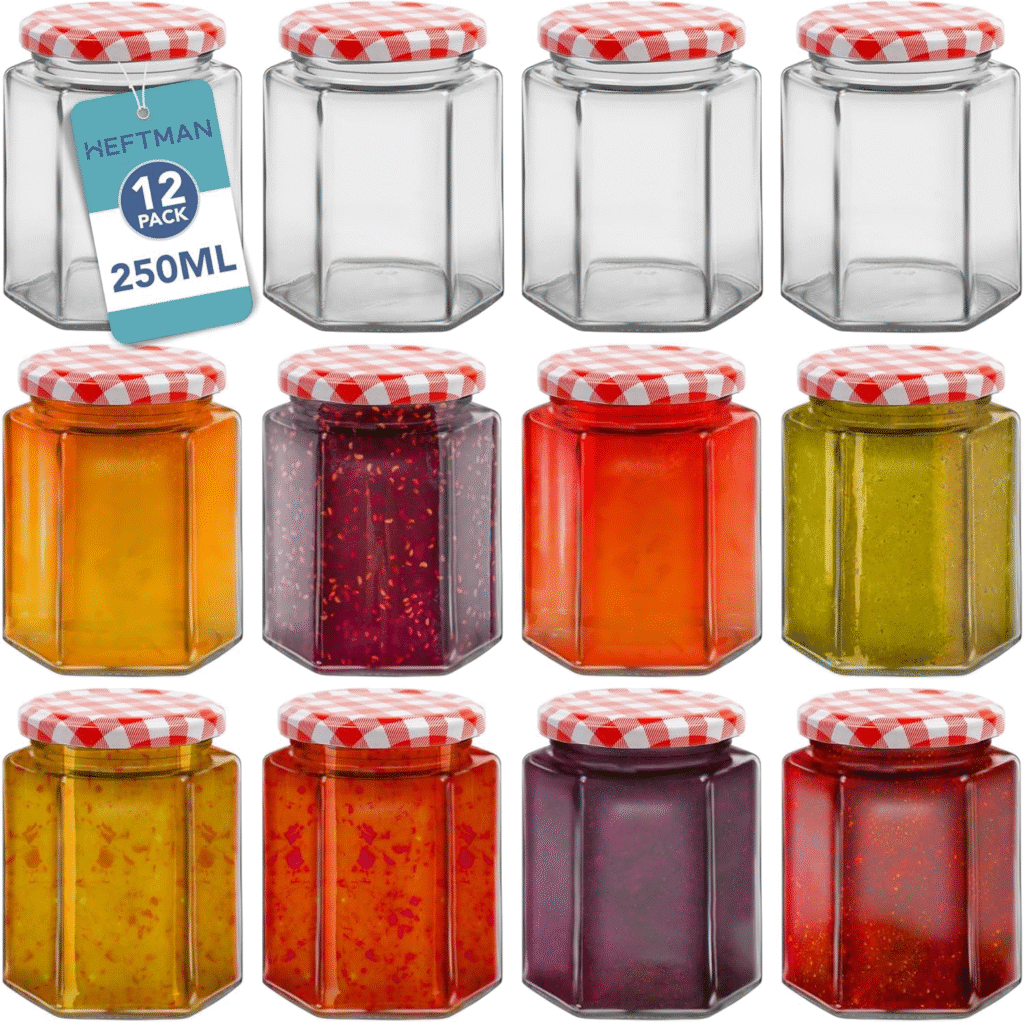
Succession Sowing for Extended Harvests
It’s not too late to sow quick-maturing crops to refresh the plot.
Quick July Successions
- Radishes, salad leaves, and spring onions mature quickly.
- Beetroot and chard can be sown now for late-summer use.
- Kohlrabi and turnips are fast and versatile.
Sow directly into prepared soil, keep moist, and thin seedlings as they grow.
Planning Ahead for Autumn and Winter
Mid-summer is the perfect time to prepare for the cooler seasons.
What to Plant or Plan
- Plan overwintering onions and garlic.
- Sow seeds or transplant seedlings for autumn brassicas.
- Use green manures in beds that will rest after summer.
Infrastructure Preparation
- Check your stock of row covers, cloches, and fleece.
- Clean and maintain tools and containers now while the weather is good.
Garden Wellness: Pause, Observe, Enjoy
It’s easy to treat July as task after task, but the allotment deserves a moment of appreciation.
Slow Garden Practices
- Take daily walks to observe changes and catch problems early.
- Enjoy a cup of tea among your crops. Take in the sounds of bees and rustling leaves.
- Reflect on what has worked and what hasn’t. A simple garden journal helps with future planning.
Summary Checklist: July Allotment Essentials
| Task | Frequency |
|---|---|
| Watering | Daily or every other day |
| Mulching | Once or as needed |
| Weeding | Weekly |
| Feeding | Weekly |
| Pruning/Training | Bi-weekly |
| Pest/Disease Check | 2–3 times weekly |
| Harvesting | Daily |
| Succession Sowing | Every 2–3 weeks |
| Planning Autumn Crops | Mid to late July |
| Garden Observations | Daily strolls |
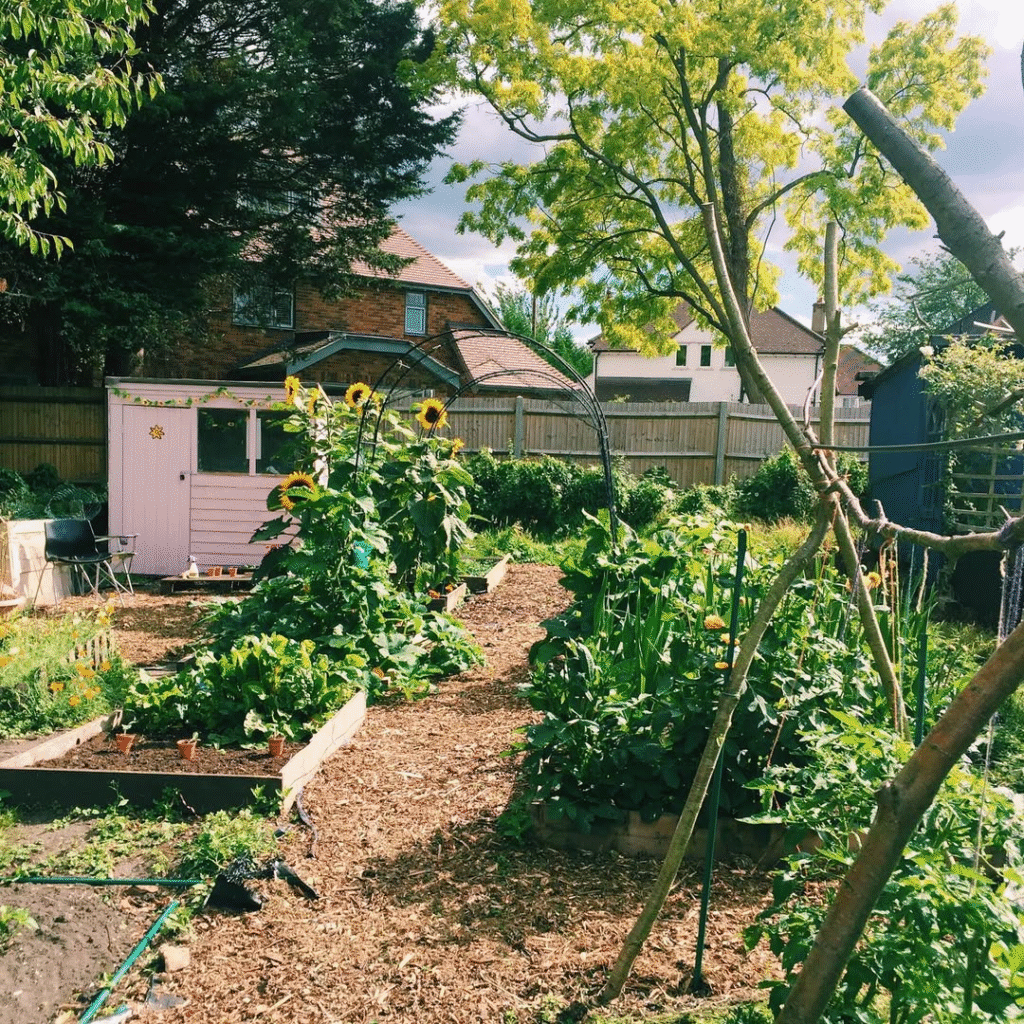
Final Thoughts
July marks a turning point in the gardening year. It is the halfway point where your efforts truly start to bear fruit. It’s a month of balance: between nurturing and harvesting, managing and enjoying, tending the land and reaping what it gives in return. The plot that may have looked bare and uncertain in spring now bursts with life, and that transformation is something to celebrate.
Take a moment to pause and admire what you’ve achieved. That first ripe tomato, the scent of fresh herbs as you brush past, the quiet satisfaction of pulling weeds in the evening sun, these are not just garden chores. They are reminders of your connection to the natural cycle, to the rhythm of seasons, and to something simpler and deeply rewarding.
July can be intense. The sun is strong, the work is constant, and the weeds are relentless. But it is also filled with magic. Bees hum over open blooms, butterflies dance among the beans, and the soil beneath your feet feels warm and familiar. Every harvest, whether a handful of strawberries or a basket of broad beans, is a victory. Every mistake or failure is a lesson wrapped in patience.
If you garden with children, this is the perfect time to involve them. Let them pick peas straight from the vine, dig for potatoes like buried treasure, or marvel at a sunflower growing taller than they are. The allotment in July is not only productive; it is joyful. It is a space where memories are made, where nature is both teacher and reward.
As you work through the heat, remember to rest in the shade. Take a chair to your plot, pour yourself a cup of tea, and simply sit with your garden. Listen. Observe. Let your eyes wander over the life you’ve helped nurture. Let your hands be still, just for a moment.
July reminds us why we garden in the first place. It gives us color, flavor, fulfillment, and a grounding sense that we are part of something bigger, something ancient and deeply good. The allotment offers not just food for the table, but nourishment for the soul.

